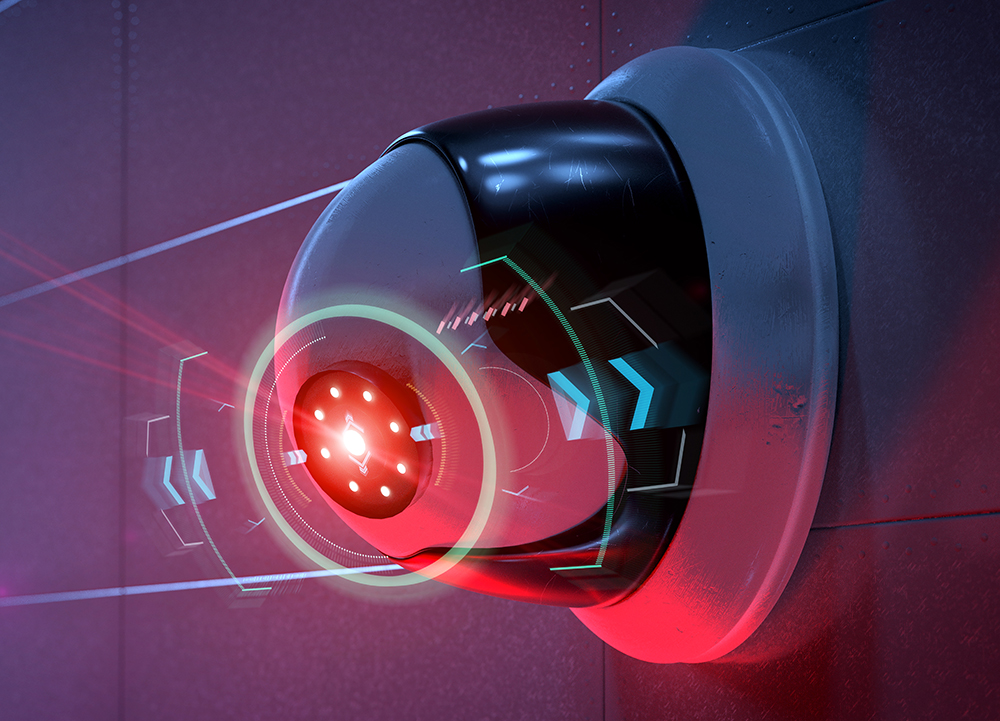How Can Machine Learning be Used for CCTV Video Surveillance?

Closed-circuit television video surveillance (CCTV) has been around for over 20 years, but has grown much more powerful due to technology innovations such as IP cameras, faster Internet networks, and more bandwidth available to process video data. Traditionally, security agents and operations managers have been tasked with real-time CCTV camera monitoring to detect abnormal behavior or situations in areas under surveillance, or, for post-event investigation, they have needed to review hours or days of footage to extract evidence and understand what occurred at the time of the incident. However, the time and resources required for comprehensively reviewing the overwhelming volumes of video available make it impossible to truly leverage all the critical information video data can provide. Human monitors also are prone to error and distraction, making it even more difficult to efficiently or effectively process data from one camera feed – let alone multiple camera feeds. As a result, much valuable video data goes underutilized.
VIEW: ON-DEMAND WEBINAR, A COMPLETE PLATFORM APPROACH TO VIDEO CONTENT ANALYTICS
This is why the CCTV industry has dramatically changed with the introduction of video intelligence software based on Deep Learning – a subset of Artificial Intelligence that exposes a machine to tagged data to train the system, imitating the way a human is taught and learns. A machine can “learn” to independently identify and classify objects and patterns and becomes more proficient as it is exposed to more data over time. Deep Learning enables technologies to continually increase their sophistication and drive additional Artificial Intelligence (AI) applications. In the case of CCTV networks, machine learning-based video content analysis software learns to identify, extract, classify and index objects in video to empower end users to make video data searchable, actionable and quantifiable.
Video content analytics (VCA) technology can be seamlessly integrated with an organization’s existing CCTV video surveillance systems and uses machine learning algorithms to recognize and classify objects, including humans or vehicles. Once indexed, the video metadata can be used for configuring intelligent alerts, triggering real-time calls to action when certain objects or behaviors are detected – or when anomalous activity occurs. Count-based alerts, for example, send notifications when the number of people in a certain area or building exceeds the limit defined by the organization. Alerts can also be triggered based on object identification and face recognition.
In addition to alerting functions, video content analysis structures live or archived video data, aggregating the metadata for deriving quantifiable insights. By visualizing the video metadata, users can understand trends, extract actionable intelligence and drive informed decisions for safety, operations and security. Police departments, for example, can track how many cars fail to stop at a particular stop sign, or identify a drug house, based on the number of individuals that enter the premises.
Machine learning has not only changed the way surveillance video is viewed, but also the ways it can be leveraged for increasing security and operational efficiency. It reduces the need for humans to monitor every video surveillance feed and recorded video footage, and it allows security personnel to respond to situations, review footage, and uncover trends so that they can utilize video footage more effectively. This has wide-ranging, positive impacts on both security and operations for local governments, law enforcement agencies and business institutions, including transit hubs, retail stores, event venues and others.
Signup to receive a monthly blog digest.